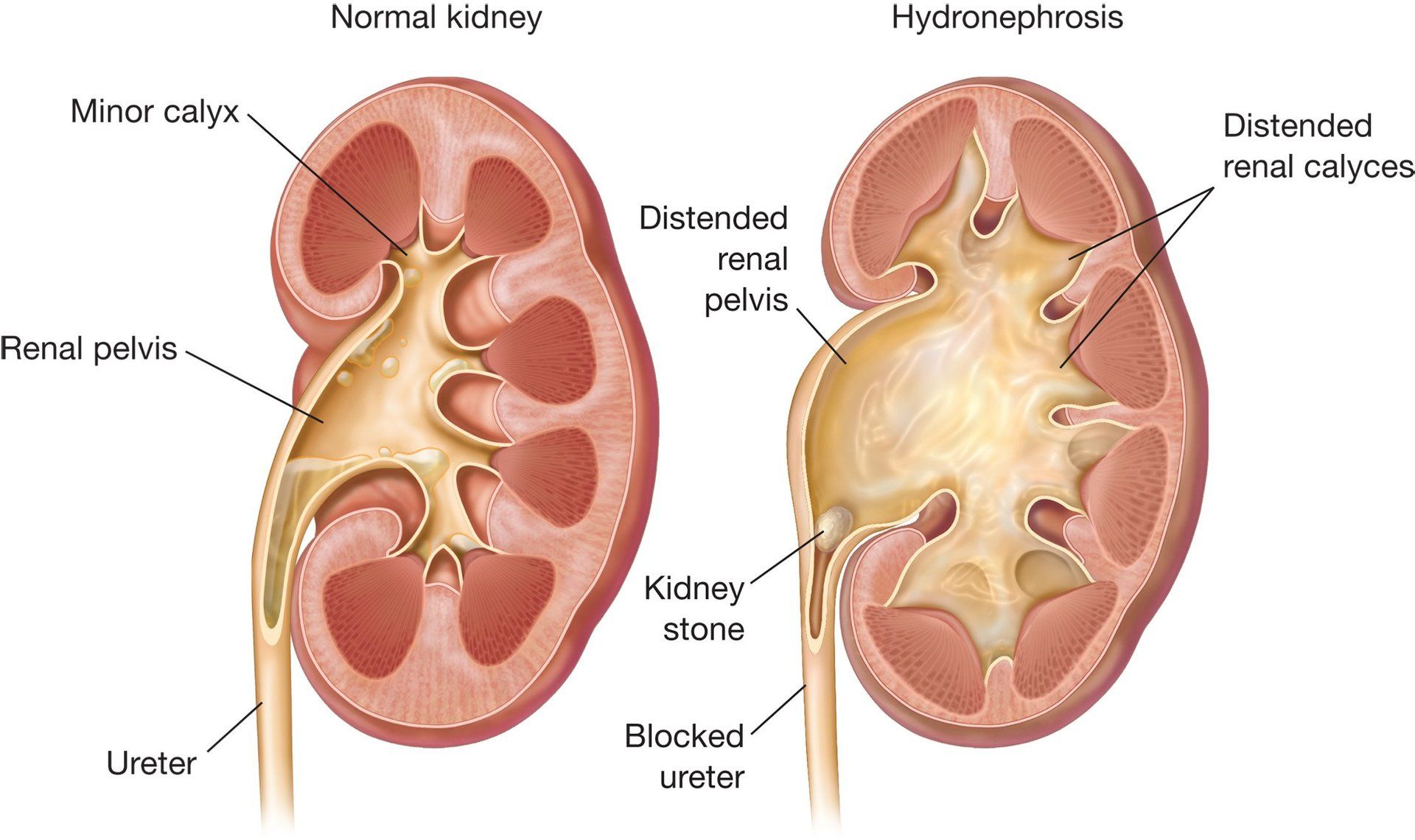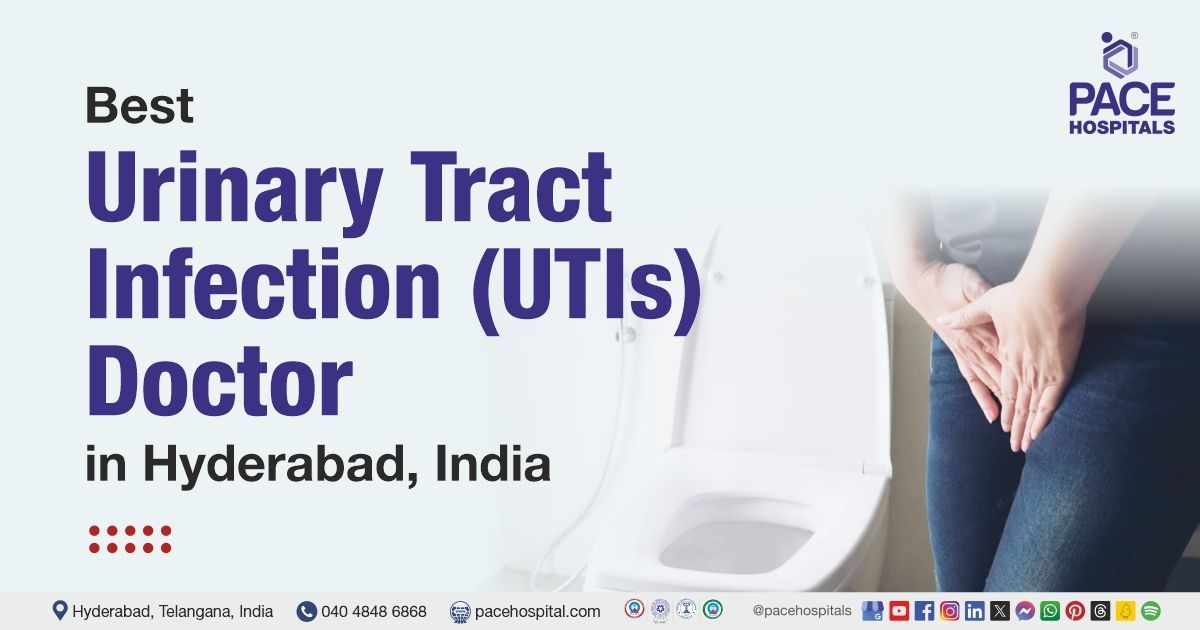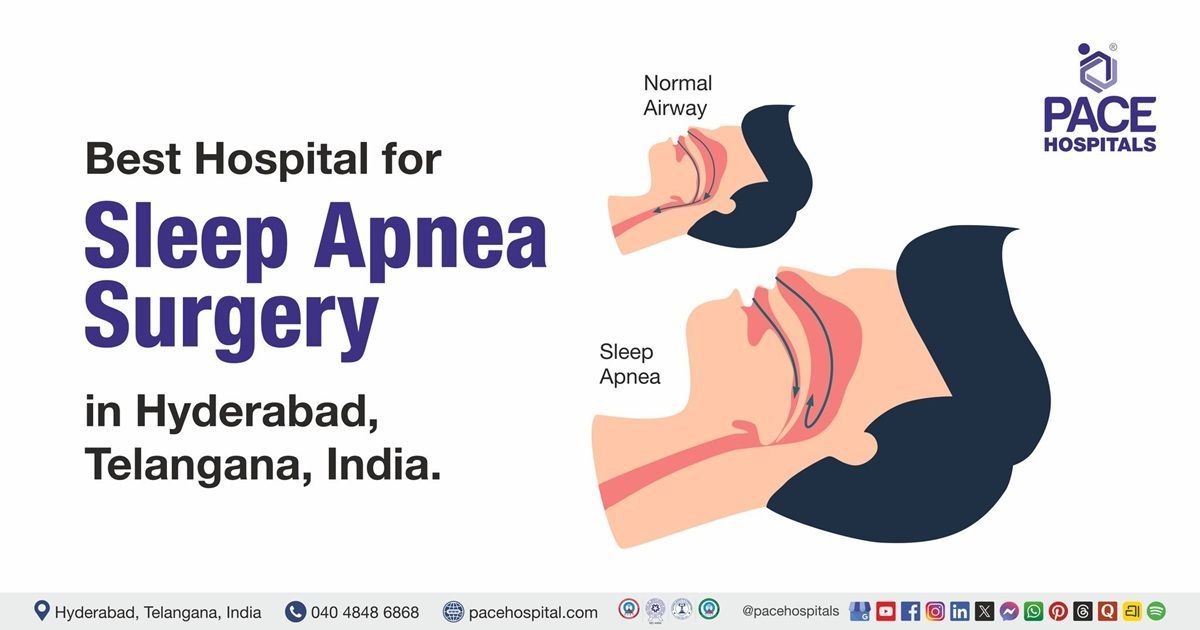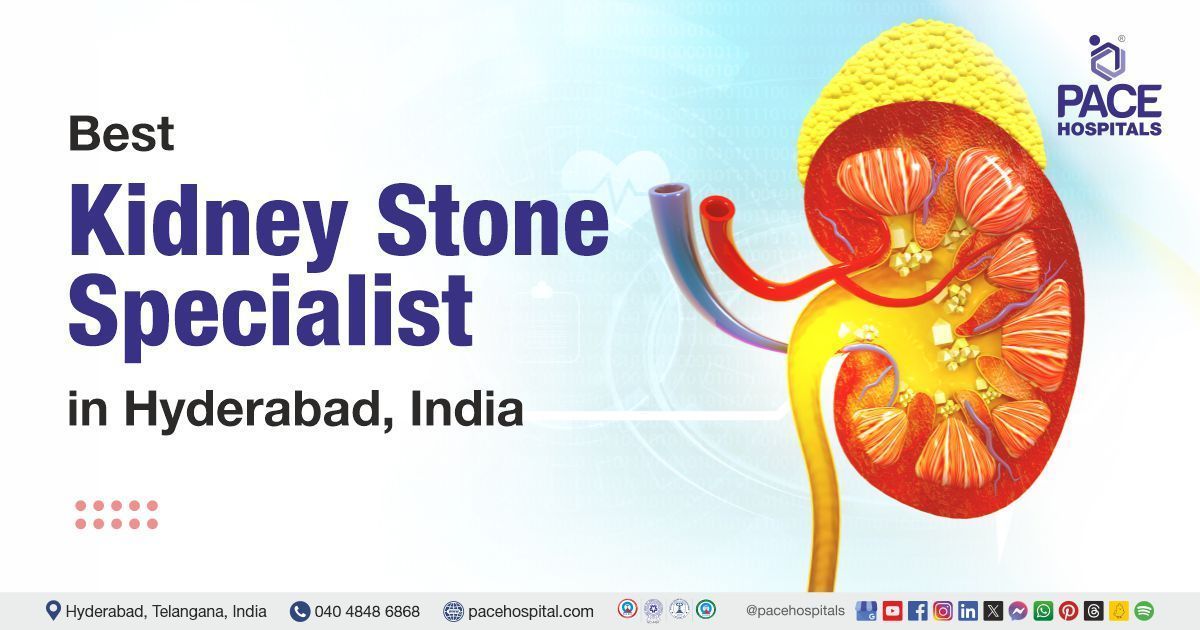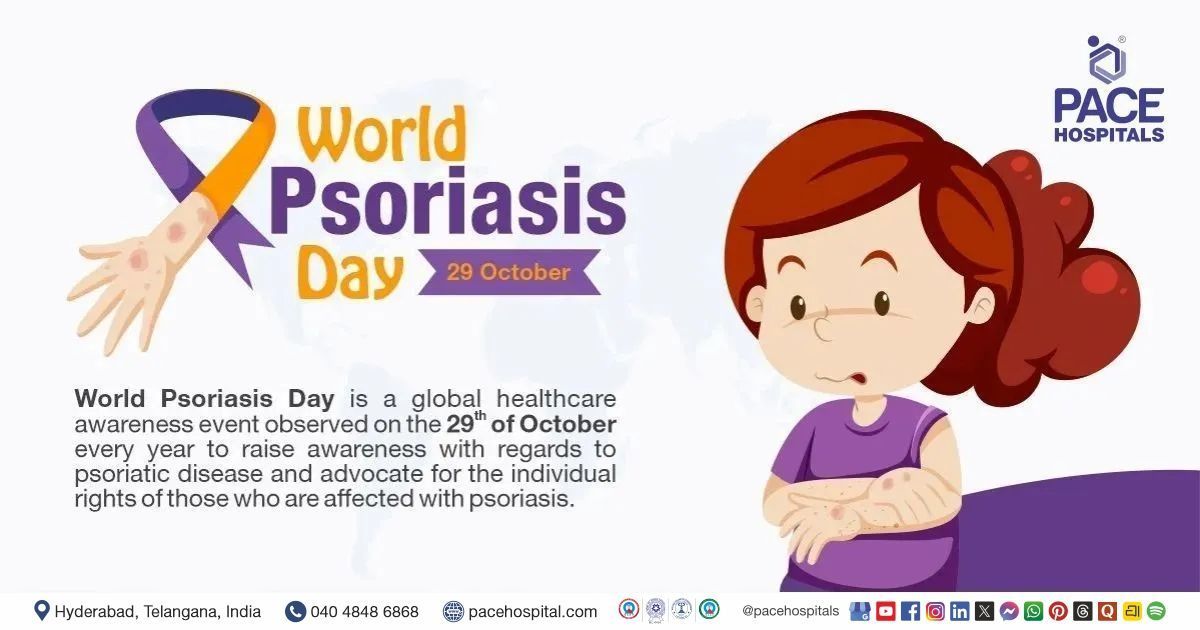Right Laparoscopic Pyeloplasty for Children with UPJ Obstruction Explained
Introduction
The kidneys play a vital role in filtering waste from the blood and maintaining the body’s water and electrolyte balance. In some children, the urine flow from the kidney to the bladder becomes blocked due to a condition known as ureteropelvic junction (UPJ) obstruction. This obstruction can cause urine buildup, swelling of the kidney (hydronephrosis), pain, and infection.
The most effective surgical treatment for this condition is pyeloplasty, and with advances in pediatric surgery, it can now be performed laparoscopically — through tiny keyhole incisions with the help of a camera.
At PACE Hospitals Hyderabad, one of India’s leading centers for Urology and Laparoscopic Surgery, expert surgeons perform Right Laparoscopic Paediatric Pyeloplasty using state-of-the-art equipment to ensure faster recovery, minimal scarring, and lasting relief for children.
Understanding Ureteropelvic Junction (UPJ) Obstruction
The ureteropelvic junction (UPJ) is the area where the renal pelvis (the part of the kidney that collects urine) meets the ureter (the tube that carries urine to the bladder).
In children with UPJ obstruction, urine cannot flow freely from the kidney to the bladder, causing the kidney to swell and lose function over time.
Common Causes in Children:
- Congenital (present at birth) narrowing or kinking of the ureter
- Presence of a crossing blood vessel compressing the ureter
- Scar tissue from a previous infection or surgery
- Rarely, secondary obstruction from stones or reflux
Symptoms of UPJ Obstruction in Children
Children with this condition may present with:
- Persistent or intermittent flank or abdominal pain
- Swelling of the abdomen
- Urinary tract infections (UTIs)
- Fever, vomiting, or poor appetite
- Blood in the urine (hematuria)
- Failure to thrive or poor weight gain in infants
Sometimes, UPJ obstruction is discovered incidentally during an antenatal ultrasound that shows hydronephrosis before birth.
Diagnostic Evaluation at PACE Hospitals
Before surgery, a detailed evaluation is done by the Urology team at PACE Hospitals to confirm the diagnosis and determine the severity of obstruction.
Investigations include:
- Ultrasound (USG) KUB: To visualize the hydronephrosis.
- Diuretic Renogram (MAG3/DTPA scan): To assess drainage and kidney function.
- CT Urography or MR Urography: To map anatomy and identify crossing vessels.
- Urine analysis and culture: To rule out infections.
- Blood tests: For kidney function (urea, creatinine).
What Is Laparoscopic Pyeloplasty?
Laparoscopic pyeloplasty is a minimally invasive surgical repair of the UPJ obstruction using small incisions (0.5–1 cm) instead of a large open cut. It allows the surgeon to remove the narrowed portion of the ureter and reattach the healthy part to the renal pelvis, restoring normal urine flow.
In right laparoscopic pyeloplasty, the obstruction occurs on the right kidney, which is surgically corrected using precision instruments and a high-definition laparoscope.
The Laparoscopic Pyeloplasty Procedure
At PACE Hospitals, this surgery is performed under general anesthesia by a specialized team of pediatric urologists and anesthetists experienced in minimally invasive procedures for children.
Step-by-Step Overview:
- Anesthesia and Positioning: The child is placed under general anesthesia and positioned carefully to allow optimal access to the right kidney.
- Port Placement: Three to four tiny keyhole incisions are made — one for the laparoscopic camera and others for surgical instruments.
- Exposure of the Kidney and Ureter: The surgeon locates the site of obstruction near the ureteropelvic junction using gentle dissection.
- Resection of the Narrowed Segment: The obstructed or kinked part of the ureter is removed with precision.
- Dismembered Pyeloplasty (Anderson-Hynes technique): The healthy ureter is reattached to the renal pelvis to ensure a wide, smooth junction for urine flow.
- Stent Placement: A small internal tube (Double J stent) is placed temporarily to maintain drainage during healing.
- Closure: Ports are removed, and the small incisions are closed with absorbable sutures — leaving almost invisible scars.
Why Laparoscopic Pyeloplasty Is the Preferred Approach
Compared to traditional open surgery, laparoscopic pyeloplasty offers significant advantages, especially for children:
| Benefit | Laparoscopic Surgery | Open Surgery |
|---|---|---|
| Incision size | 3–4 tiny keyholes | Large flank incision |
| Pain & discomfort | Minimal | Moderate to severe |
| Recovery time | 2–3 days hospital stay | 5–7 days hospital stay |
| Scarring | Almost invisible | Prominent |
| Return to school | 1–2 weeks | 3–4 weeks |
| Cosmesis | Excellent | Limited |
At PACE Hospitals, laparoscopy has become the standard of care for paediatric pyeloplasty due to its safety, success rate (>95%), and cosmetic outcome.
Postoperative Care at PACE Hospitals
After surgery, children are observed in the Paediatric ICU for a few hours to ensure smooth recovery from anesthesia.
Recovery Process:
- Oral feeding: Resumed within 12–24 hours.
- Pain management: Managed through child-safe analgesics.
- Drain removal: Usually within 24–48 hours.
- Hospital stay: 2–3 days on average.
- Stent removal: Performed after 4–6 weeks using cystoscopy under brief anesthesia.
Parents receive detailed home care instructions, including wound care, fluid intake, and follow-up schedule.
Possible Complications (and Their Management)
While the success rate of laparoscopic pyeloplasty is very high, minor complications can occasionally occur:
| Complication | Description | Management at PACE Hospitals |
|---|---|---|
| Urinary leak | Small drainage post-surgery | Managed conservatively or with temporary catheter |
| Infection | Fever or wound redness | Antibiotics and hygiene care |
| Stent-related symptoms | Mild discomfort or urinary frequency | Resolves after stent removal |
| Re-obstruction | Rare (1–2%) | May need revision surgery |
PACE Hospitals’ paediatric follow-up program ensures every child’s progress is closely monitored to ensure a complete recovery.
Cost of Right Laparoscopic Paediatric Pyeloplasty at PACE Hospitals
| Type of Procedure | Estimated Cost (INR) | Estimated Cost (USD) |
|---|---|---|
| Right Laparoscopic Paediatric Pyeloplasty | ₹1,60,000 – ₹2,40,000 | $1,900 – $2,850 |
| Hospital Stay & Follow-Up | ₹15,000 – ₹30,000 | $180 – $350 |
Note: Prices vary depending on the complexity, child’s age, anesthesia requirements, and room type.
Cashless insurance & EMI options are available for eligible families.
This is paragraph text. Click it or hit the Manage Text button to change the font, color, size, format, and more. To set up site-wide paragraph and title styles, go to Site Theme.
Why is laparoscopic pyeloplasty preferred in children?
Because it uses small incisions, causes less pain, ensures faster recovery, and gives superior cosmetic results compared to open surgery.
What is the success rate of laparoscopic paediatric pyeloplasty?
At PACE Hospitals, success rates exceed 95%, with minimal risk of complications or recurrence.
How long does recovery take after pyeloplasty?
Most children are discharged in 2–3 days and return to regular activities or school within 1–2 weeks.
What are the signs that my child needs pyeloplasty?
Symptoms like recurrent pain, UTI, fever, vomiting, or ultrasound showing kidney swelling indicate a need for evaluation.
How much does paediatric pyeloplasty cost in Hyderabad?
At PACE Hospitals, the procedure costs ₹1.6–2.4 lakh ($1,900–$2,850) depending on case complexity and room category.
What is paediatric pyeloplasty?
It’s a surgical procedure to correct the blockage at the junction between the kidney and ureter, restoring normal urine flow in children.
When is pyeloplasty needed for a child?
It’s advised when a child has hydronephrosis, recurrent UTIs, pain, or reduced kidney function due to ureteropelvic junction obstruction.
Is pyeloplasty safe for infants and young children?
Yes. It’s routinely performed even in infants as young as 6 months with modern anesthesia and minimally invasive techniques.
Is a stent necessary in every case?
Yes, a temporary stent ensures smooth urine drainage and healing, removed after 4–6 weeks.
Why choose PACE Hospitals for paediatric laparoscopic surgery?
PACE Hospitals combines expert Urology, precision technology, and child-centered care for world-class outcomes.
Share on
Request an appointment
Fill in the appointment form or call us instantly to book a confirmed appointment with our super specialist at 04048486868


